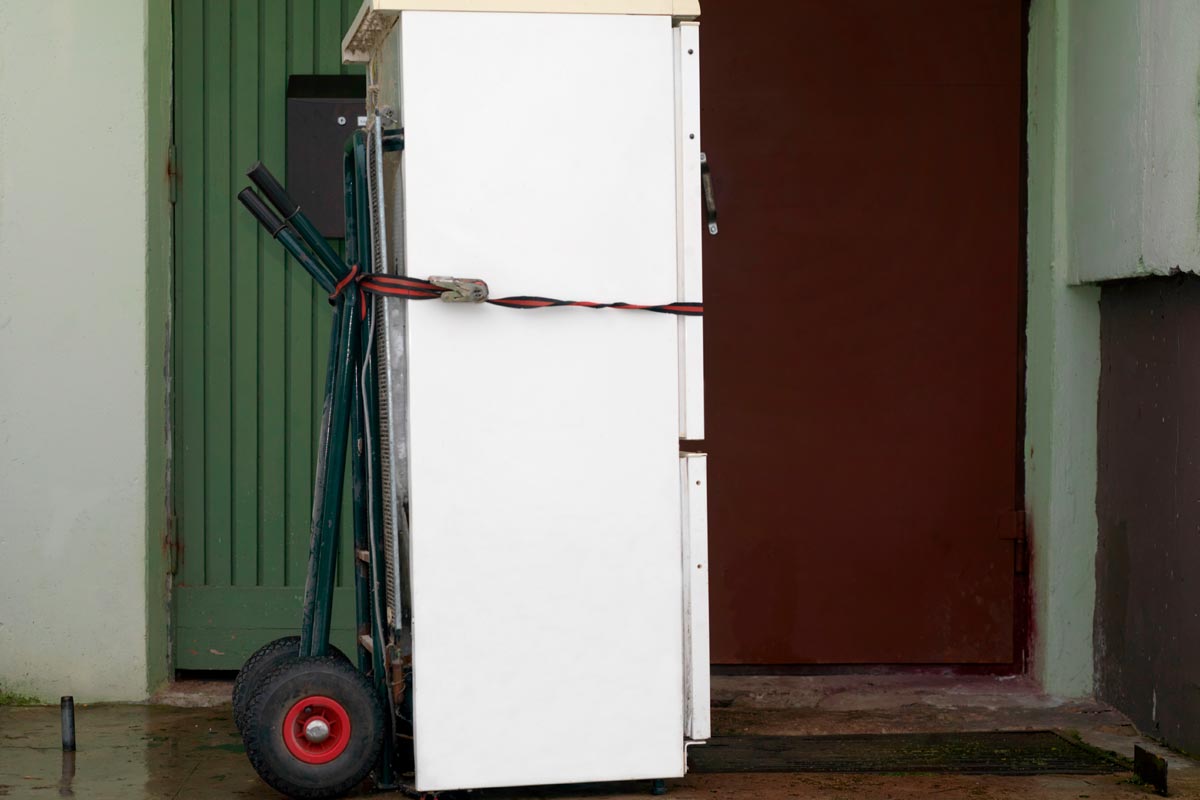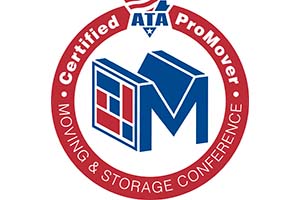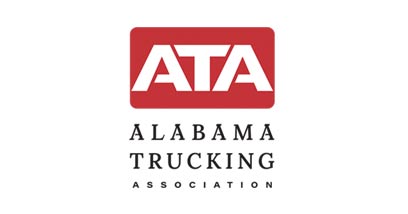
How to Move Heavy Items
Heavy Furniture… where does it go, and who will move it after you move in?
If you have hired a relocation management team, your worries are over! Unless you can’t decide where you want heavy furniture to be placed.
Usually, moving teams will place furniture for you and even move it one more time at no charge. Then you are on your own.
Lifting heavy objects can cause injuries or even damage your home and belongings, especially if it is not done correctly.
This is why it is always best to have a floor plan in hand and know where you want items placed.
DIY large furniture and heavy boxes come with many challenges, but with the right preparation, it’s possible to do it without straining your back or scuffing up your walls. Review the tips below to see how to do it right!
Clear a Path
Plan and keep the route clear where you are moving your furniture. Your moving team should do this automatically, but they need help many times. This is where you step in and make sure hallways and rooms stay clear.
Before you begin your move, map out a plan that shows the best way to move your belongings in your new home. The same goes for removing larger item from your old home.
Remember, sometimes, the most direct way is not the easiest. By planning your route, you’ll also be able to protect walls, floors, banisters, and hardware. Finally, once you know which way you’ll be going, make sure again that it is clear of obstacles, and trip hazards. Moving bulky items limit your visibility making it harder to avoid tripping.
Wear Appropriate Clothing
You will want to wear clothes that fit well and are not loose. Choose to wear clothing that can get dirty and even thrown away without worry.
Shoes are very important. When dealing with a move, the last thing you want is to trip or fall due to a loose shoe. Instead, wear solid shoes that are strong and will keep you stable. Always make sure your feet are protected by wearing closed toed shoes and not sandals.
Get the Right Equipment
Moving heavy items requires having the right equipment that most moving teams have on hand. Have the right tools in place and time spent moving will be easier! Depending on the size of your move, and if you are doing a DIY move, you will need the following basic items:
- Dollies and Hand Trucks. These two items are essential to any moving team’s platform. A dolly is a four-wheeled square platform that is used to move large, heavy furniture easily. A hand truck has two wheels, is an L-shaped moving cart, and comes in a couple of different sizes. The larger ones have straps which help items remain more secure. Used correctly, it will help you move things like a stack of large boxes, refrigerators, and oversized objects.
- Moving Straps or Shoulder Dollies. Moving straps hook beneath furniture and heavy loads and around your shoulders. This distributes the weight evenly between your body’s load-bearing muscles in order to reduce fatigue.
- Ramps. Installing a ramp over your front steps or between different levels in your house eliminates tripping hazards and creates safer routes through your home.
- Sliders. These small discs work amazingly. Place them under your furniture’s legs so you can slide it easily across the floor. They save effort and prevent scratching. A blanket or towel also works. Lift each corner of your furniture, slip the blanket underneath, and pull it where you need it.
- Gloves. Some people wear gloves, and some don’t. If you wear leather gloves during a move, you know how they protect your hands from sharp edges. They also can prevent slippage, and dirt and oil getting on your belongings.
Disassemble Your Furniture
Break down beds and take things apart in preparation for your move. Do this for your moving team and you will save time and look well organized. Your movers will reward you with a shorter move! Furniture that has been dismantled is easier to transport and allows you to use moving space more efficiently.
Drawers can also be removed from chests and stacked. Remember, make your furniture as light as possible so your move goes easily.
Use Proper Technique
Repeatedly bending and lifting heavy items can lead to serious lower back pain.. Carrying them in an unbalanced position can also lead to accidents. The best way to move heavy objects is to:
- Lift with your legs and not your back!
- Keep Your Back Straight. This lets your knees, hips, and legs absorb the weight, while your back and abdominal muscles stay stable.
- Don’t Twist Your Back. If you have to turn, rotate your entire body.
- Carry Items High and Low. Keep the weight of a tall object centered so it does not swing. Ask one person to hold the top while another holds the bottom.
- Carry Items Close to Your Chest. Here’s a basic 101 moving tip: to keep your balance keep your arms and shoulders close to you. Don’t bend your back. There’s strength in your upper body when it is straight up.
Wrap Furniture
Moving blankets protect your furniture from scratches, as well as any rain and dirt. They will do the same in your home by covering doors, banisters, and other delicate structures.
Always wrap your furniture as tightly as possible, then secure it with plastic stretch wrap. Unlike tape, plastic wrap sticks to itself but doesn’t leave behind any residue. Your bundles stay compact and manageable while your belongings remain free from damage.
Ask For Help
Most of the heavy objects in your house are too big to move on your own. Ask at least one friend or family member for help. Or consider hiring a professional moving team. They’ll not only have the right tools and supplies but the right experience as well. After years spent handling heavy items, they’ll know how to guide them safely through tight spaces.
Why Moving with Lambert is the Best Choice
We have been helping people move and relocate since 1925! With many satisfied clients, you can trust Lambert Moving Systems to “Get you There!”
Lambert Moving Systems are partners with northAmerican Van Lines. This partnership allows us to provide you with a seamless moving experience, whether you are relocating locally or embarking on a long-distance journey. Wisit our website to learn more!







